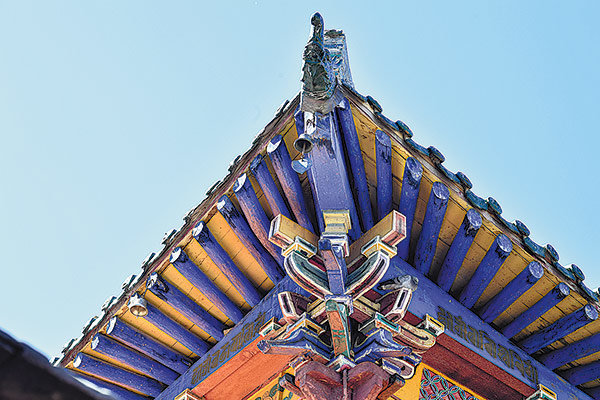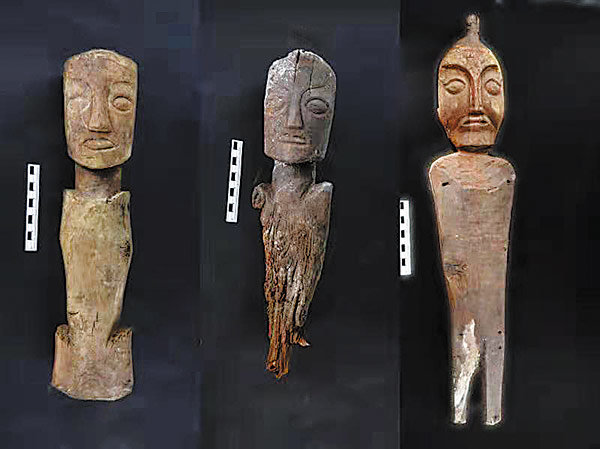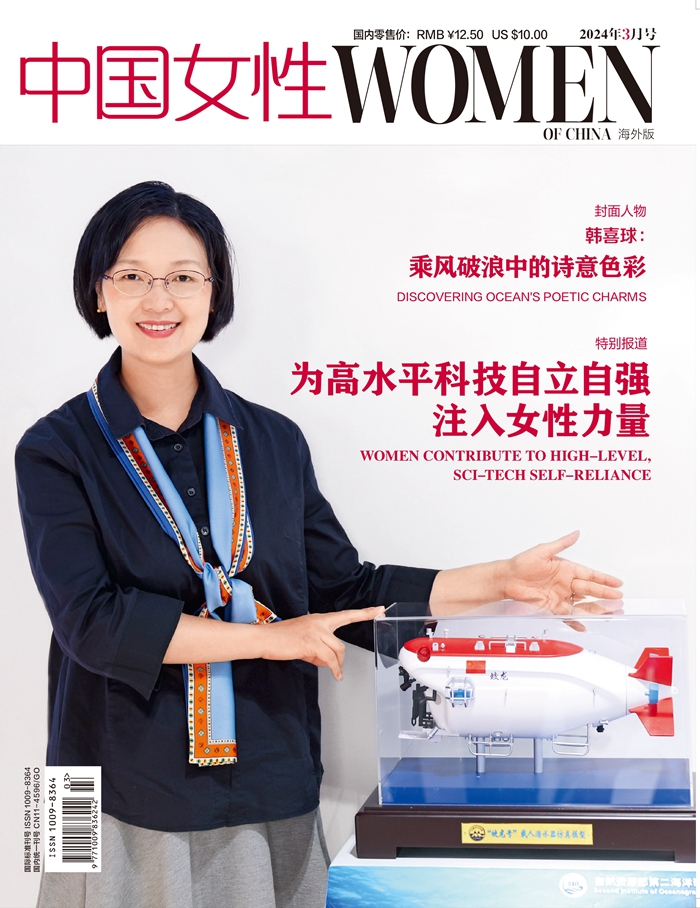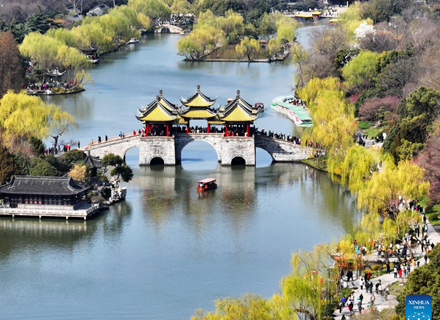Tibetan Relics Show Solid Cultural Bonds
 |
| Shalu Monastery in Tibet's Shigatse City is an example of a mix of Tibetan and Han architectural styles. [Xinhua] |
The Potala Palace, a landmark in Southwest China's Tibet Autonomous Region, features a mural that illustrates a historic marriage between members of the Han and Tibetan ethnic groups.
The mural depicts ancient Tibetan officials standing in a row, holding their hands in front of their chests, to welcome Wencheng, a princess of the Tang Dynasty (618-907). The princess traveled to Tibet to marry local ruler Songtsen Gampo in the seventh century.
Similar to the mural, many other relics in Tibet have helped further uncover cultural communication between the plateau region and the rest of China.
Murals depicting the marriage between Wencheng and Songtsen Gampo are also found in the Samye Monastery, a famed Tibetan Buddhist temple in Lhokha city, Tibet.
"Princess Wencheng brought new varieties of crops to Tibet, and also helped improve local livestock breeds," says Basang, a 64-year-old monk from the monastery. "She made outstanding contributions to the unity between Han and Tibetan people."
Built in the eighth century on the northern bank of the Yarlung Zangbo River, the Samye Monastery was listed as a key cultural heritage site for national-level protection in 1996.
The temple is also a manifestation of cultural integration. The first floor of the main hall, built with rocks, features a Tibetan architectural style. The second floor, on the other hand, uses bricks and wood in a Han style, says Basang, adding that the murals and statues on each floor are also consistent with their respective styles.
The Shalu Monastery, built in 1087 in Shigatse City, is another example of a mix of architectural styles. The first floor combines traditional Tibetan architecture with cultural traits popular in the Yuan Dynasty (1271-1368). Notable design choices from this period include the blue glazed tiles and patterns of the lion, tiger and flowers on the roof ridge.
 |
| Wooden figurines unearthed from Sangmda Lungga tomb in Tibet's Ngari Prefecture. [Xinhua] |
Losa Gyatso with the monastery's management committee says Drakpa Gyaltsen, head of the Shalu area during the Yuan Dynasty, presented himself in front of Emperor Renzong and was granted a gold imperial decree, a jade seal, as well as offerings, including gold and silver.
"With the offerings from the emperor and many Han craftsmen invited here to build the monastery, the project has become a symbol for communication, exchanges, integration and unity of different ethnic groups," says Losa Gyatso.
In the Yuan Dynasty, the central government exercised jurisdiction and governance over Tibet.
The earliest archaeological site identified at the heart of the Qinghai-Tibet Plateau so far is the Nwya Devu site, located 4,600 meters above sea level, in northern Tibet. More than 4,000 stone artifacts, including blades, chunks and tools, have been recovered at the Paleolithic site since 2016.
Scientific analysis showed that the site dates back some 40,000 to 30,000 years, says Zhang Xiaoling from the Institute of Vertebrate Paleontology and Paleoanthropology, Chinese Academy of Sciences, adding that it is also the highest Paleolithic site in altitude found in the world so far.
Archaeological findings throughout Tibet's history have also provided abundant evidence of cultural integration. For example, the wooden figurines unearthed from the Sangmda Lungga tomb site in Zada County in Tibet's Ngari Prefecture are similar in shape to those found in the tombs in the neighboring Xinjiang Uygur Autonomous Region.
He Wei, an associate researcher with the regional cultural relics protection research institute, says the relics site spanning from 366 BC to AD 668 witnessed political and economic development, integrating multiple cultures from the surrounding areas, such as those in Xinjiang and the areas in central China.
The cultural connection between Tibet and the Yellow River basin was proved at the Karub ruins in the city of Chamdo with the discovery of the millet, a crop customarily planted in northern China. The finding proved the communication between the plateau and northern China some 5,000 years ago.
(Source: Xinhua)
Please understand that womenofchina.cn,a non-profit, information-communication website, cannot reach every writer before using articles and images. For copyright issues, please contact us by emailing: website@womenofchina.cn. The articles published and opinions expressed on this website represent the opinions of writers and are not necessarily shared by womenofchina.cn.








 WeChat
WeChat Weibo
Weibo 京公网安备 11010102004314号
京公网安备 11010102004314号